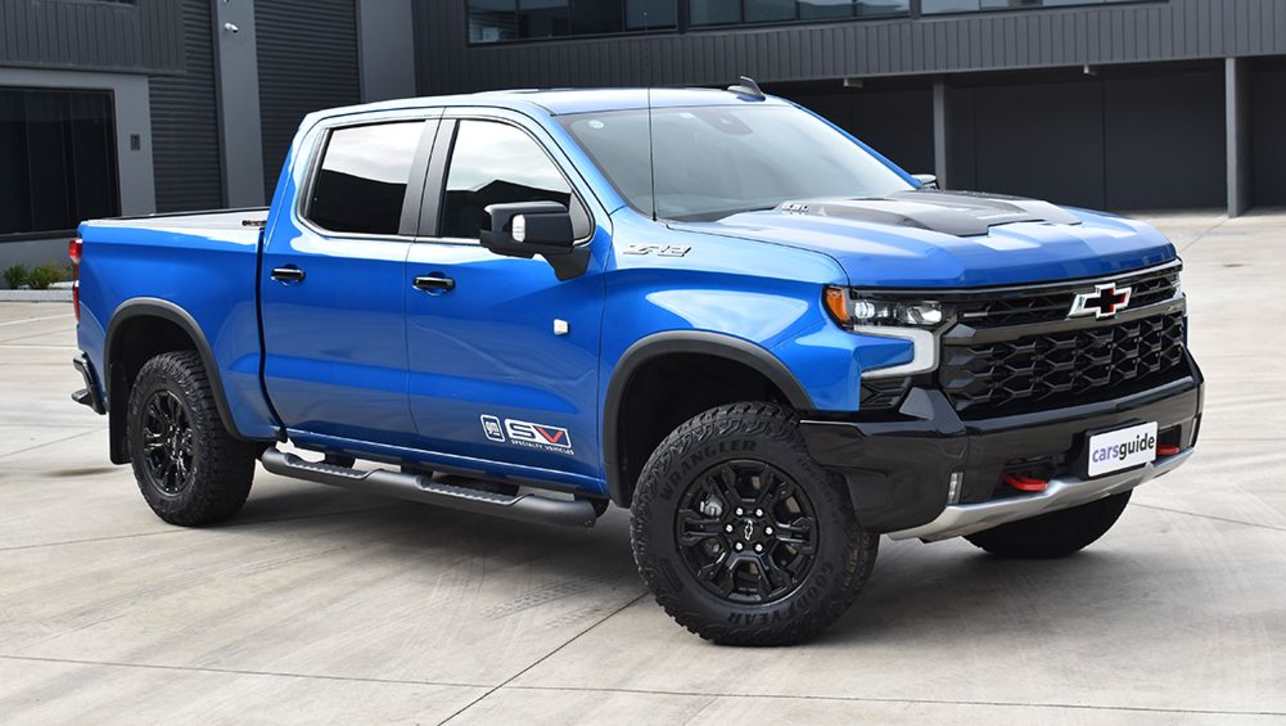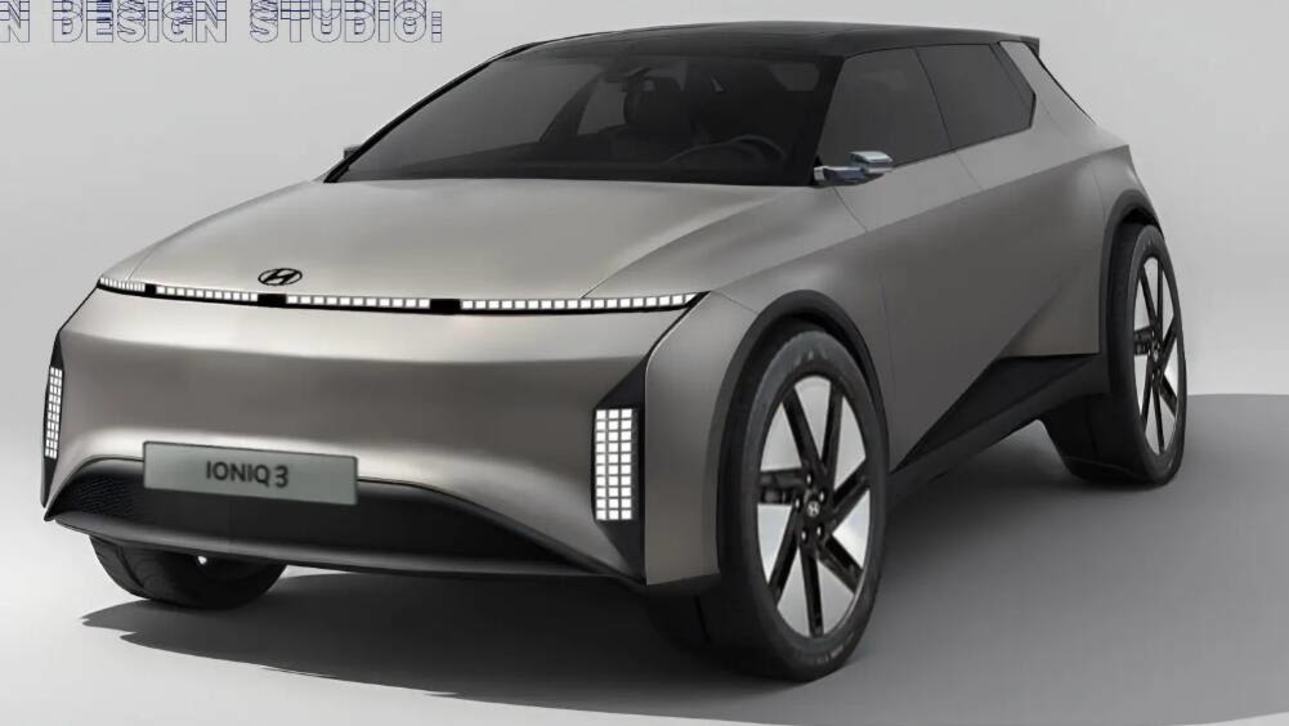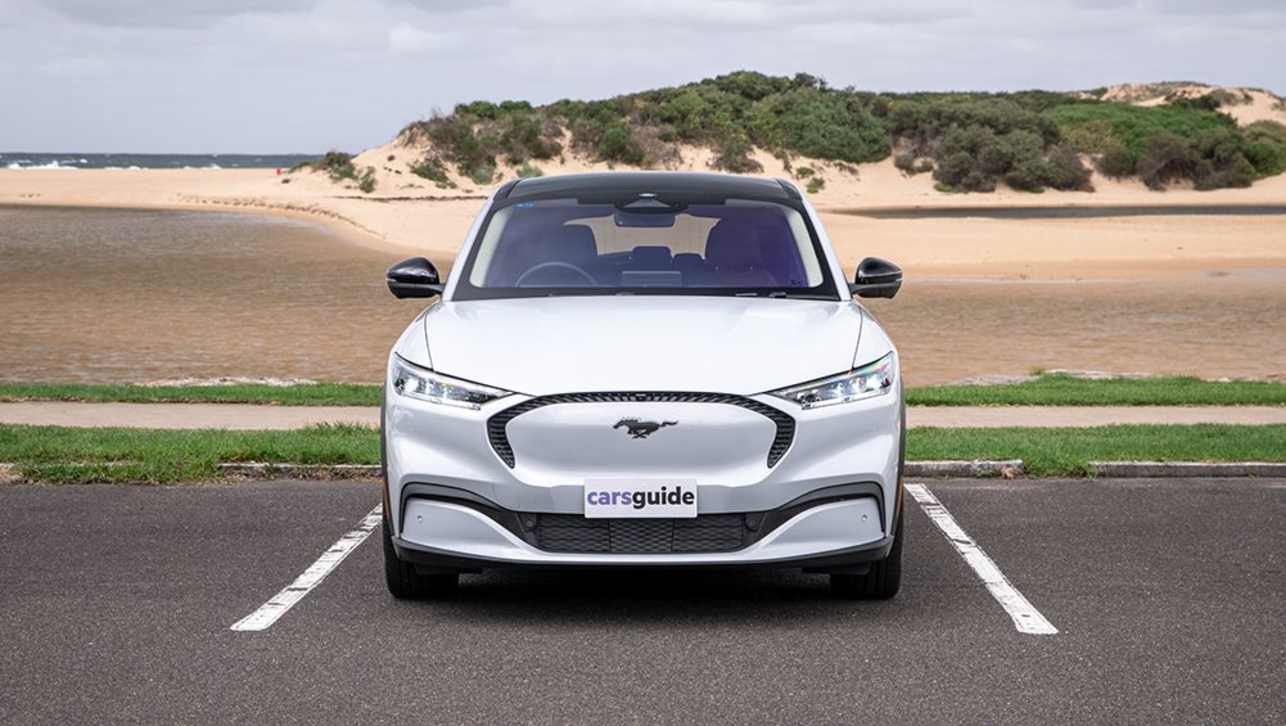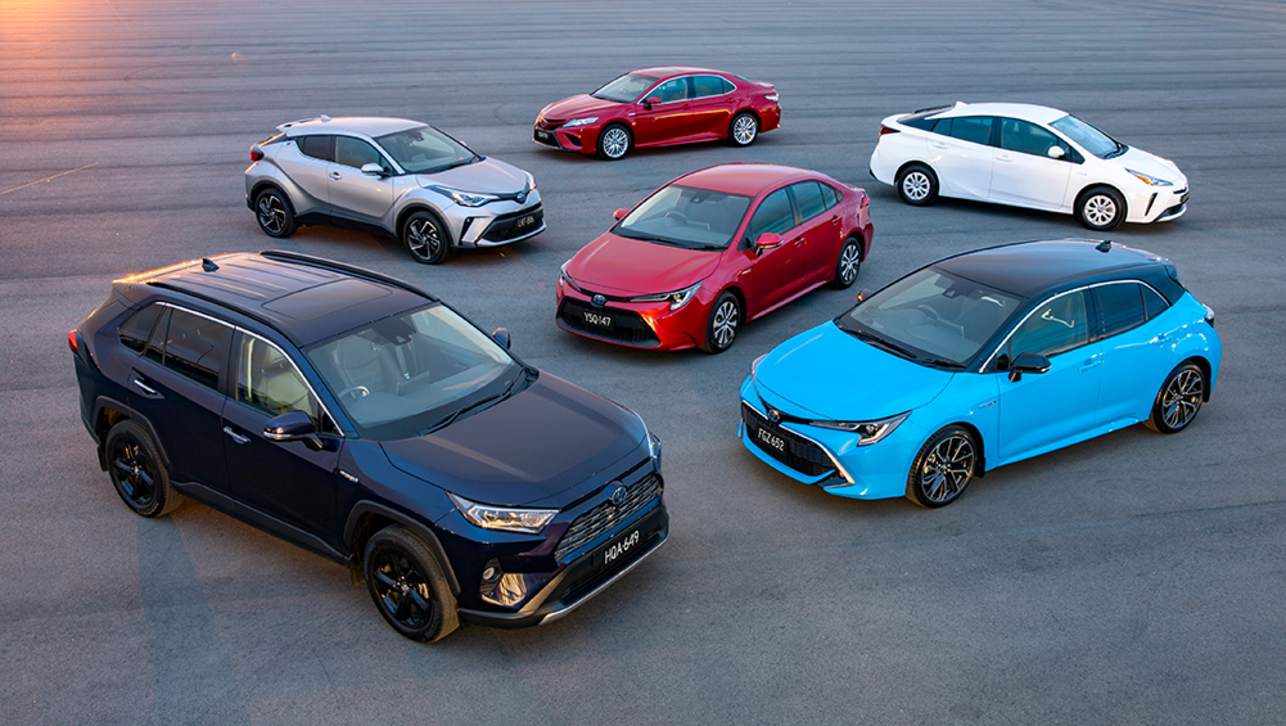Tried buying a brand new car right now? For some models – like the Toyota Landcruiser 300 and RAV4, or Volkswagen’s Amarok – you’ll be waiting many months, perhaps up to half a year or even longer for high-demand variants.
Think you can dodge that by buying something lightly-used instead? In some ways, that’s the worst thing you could do. The used car market has taken note of the short supply of new cars, and private sellers and used-car dealers alike have been engaging in a bit of good ol’ fashioned price gouging, especially for SUVs and off-roaders. Been thinking about buying a Suzuki Jimny on the used car market? Don’t, unless you’re comfortable with paying a five-figure premium over retail.
But why are cars still so scarce two years after the pandemic began? Is the pandemic still to blame? Is the answer as easy as saying, “because computer chips”? Well, no. The situation is a little more complex than that, but to understand why, we first need to understand how supply chains work in vehicle manufacturing.
A chain made of weak links
Everything is connected. Everything. And there’s no slack in the global supply chain either. When a supplier pulls back on its part of that metaphorical chain, the consumer is going to feel it on their end too.
That’s largely down to an industrial practice known as “just-in-time manufacturing”, also known as “lean production”. Pioneered by Toyota in the first half of last century and adopted by pretty much every vehicle manufacturer since, it saw automakers move away from maintaining large stockpiles of parts, subassemblies and raw materials and instead ensures that the number of parts ordered from suppliers matches the number of parts actually required by vehicle production – no more, and certainly no less. It eliminated wastage, led to a vastly more efficient supply chain, boosted factory output, and, when everything is running as it should, is pretty much the best way to bolt cars together affordably.
However, it’s not a system that’s especially tolerant of disruption.
So to minimize the risk of an entire assembly line coming to a halt because one supplier couldn’t get their act together, carmakers will engage in what’s known as ‘multi-sourcing’. From tyres to individual nuts and bolts, it’s rare that a component will have just one source, and often there will be more than a few sources if the part is in widespread use on the production line, across several models. The end consumer won’t know whether their door plastics were supplied by Supplier A or Supplier B – quality control ensures they all look and feel identical – but it means that if Supplier A encounters trouble on its own assembly line, Supplier B can step in and ensure enough door plastics find their way to the vehicle plant to keep the line open.
Supplier A and B are known as ‘first-tier suppliers’, they supply the automaker directly with finished parts. However, big problems can arise when all of those first tier suppliers happen to all share the same supplier for their raw materials – which would be known as a second-tier supplier.
And this is basically the situation when it comes to almost everything electronic in a car. If a car part requires a microprocessor of any description, then the sources for the silicon chips that make those microprocessors are ridiculously centralised. In fact, just one country – Taiwan – accounts for the lion’s share of silicon chips (or semiconductors), with a whopping 63 percent of global market share for semiconductor base materials, with the overwhelming bulk of them coming from just one company: TMSC. When it comes to production of finished chips and electronics, it’s the United States, South Korea and Japan that hold the majority of the market, and only a handful of companies within those regions supply virtually the entire world with microprocessors.
Naturally, when the second-tier suppliers for microprocessors slowed down their output due to the pandemic, their customers – all of those first-tier suppliers – had to do the same. Because of a lack of diversity at that end of the supply chain, the practice of multi-sourcing simply wasn’t enough to keep the assembly lines moving at the world’s automakers.
It was a situation made worse by carmakers failing to anticipate continuing strong demand for cars throughout the pandemic, but even though some carmakers are de-contenting cars to reduce the number of chips required (the Suzuki Jimny, Tesla Model 3 and Volkswagen Golf R being two recent examples) there are other factors at play too…
A ship situation
Speaking of fragile ecosystems, the world of global shipping is just as fraught as that of vehicle manufacturing.
Not only are the profit margins on ocean freight remarkably slim, but the ships that carry containerized cargo are also brutally expensive to run. With the pandemic interrupting supply chains but also sparking unexpected demand for consumer goods, the flow of ships and containers was heavily disrupted, which not only led to massive delays, but increased shipping costs too.
The bulk of consumer goods come from China and south-east Asia, and when an item is shipped from that part of the world to another, the containers that carry that cargo typically get re-filled with produce from the destination country and loaded onto another ship, eventually finding its way back to south-east Asia for the cycle to complete again.
However with big demand for Chinese-made goods but limited demand for goods to go in the other direction, a whole bunch of containers ended up parked at ports in America and Europe while ships would then set sail back to Asia with barely any cargo aboard. That upset the distribution of containers worldwide, leading to a container shortage in China that then lead to massive delays in seafreight for anything produced in that region – consumer goods and raw materials alike, some of which were needed on vehicle production lines.
And naturally, as modern production lines only work when parts are delivered just-in-time, that leads to a whole lot of assembly plants being idled while they wait for components and materials to trickle in – components and materials that aren’t necessarily ones with microchips in them.
You can’t build a car at home
If you’re a white-collar worker, the work-from-home regime is probably a blessing. If your job requires you to be on the tools at a vehicle assembly plant, well… it’s not like you can screw together a Kluger on your kitchen table.
Remarkably, many industries have been able to carry on throughout the pandemic despite this, however while factory workers in many parts of the world can still stay on the tools, there’s still been a certain level of interruption to their workflow.
For starters, companies have had to ensure workplaces are made safe enough for their workers. That means reconfiguring workstations with social distancing in mind, installing shielding, ordering personal protective equipment, reorganizing break rooms and locker rooms, the list goes on. That process takes time. Running shifts with a lower headcount has also been another strategy to keep workers safe, but it’s one that also comes with a productivity impact.
And then there’s what happens when there’s an outbreak. Toyota’s latest production interruptions have been largely due to workers becoming sick, with just four sick workers being enough to shut down the company’s Tsutsumi plant in Japan. Even if plants aren’t shutdown when someone gets sick, worker absenteeism due to quarantining still impacts plant productivity thanks to how widespread the COVID-19 virus has become.
So… when’s it over?
There is no one central reason why cars are hard to get ahold of right now, but rather a multitude of interconnected reasons. It’s easy to blame COVID-19, but the pandemic was merely the trigger that sent the house of cards that is the global automotive supply chain tumbling.
Things will eventually recover, though. There’s a lot of inertia in things like microprocessor manufacturing and global shipping, but the outlook for recovery is good. What remains to be seen however, is how the industry will insulate itself from this scenario happening again.
As to when recovery will happen, it’s seems unlikely to be this year. Long story short: if you can afford to wait a little bit longer to buy your next car, you’ll arguably save money and have a shorter waiting time as well. No matter what though, don't cave in to those egregious scalpers on the second-hand market.





.jpg)










.jpg)

.jpg)
.jpg)
.jpg)

.jpg)
.jpg)
.jpg)
.jpg)


.jpg)

Comments